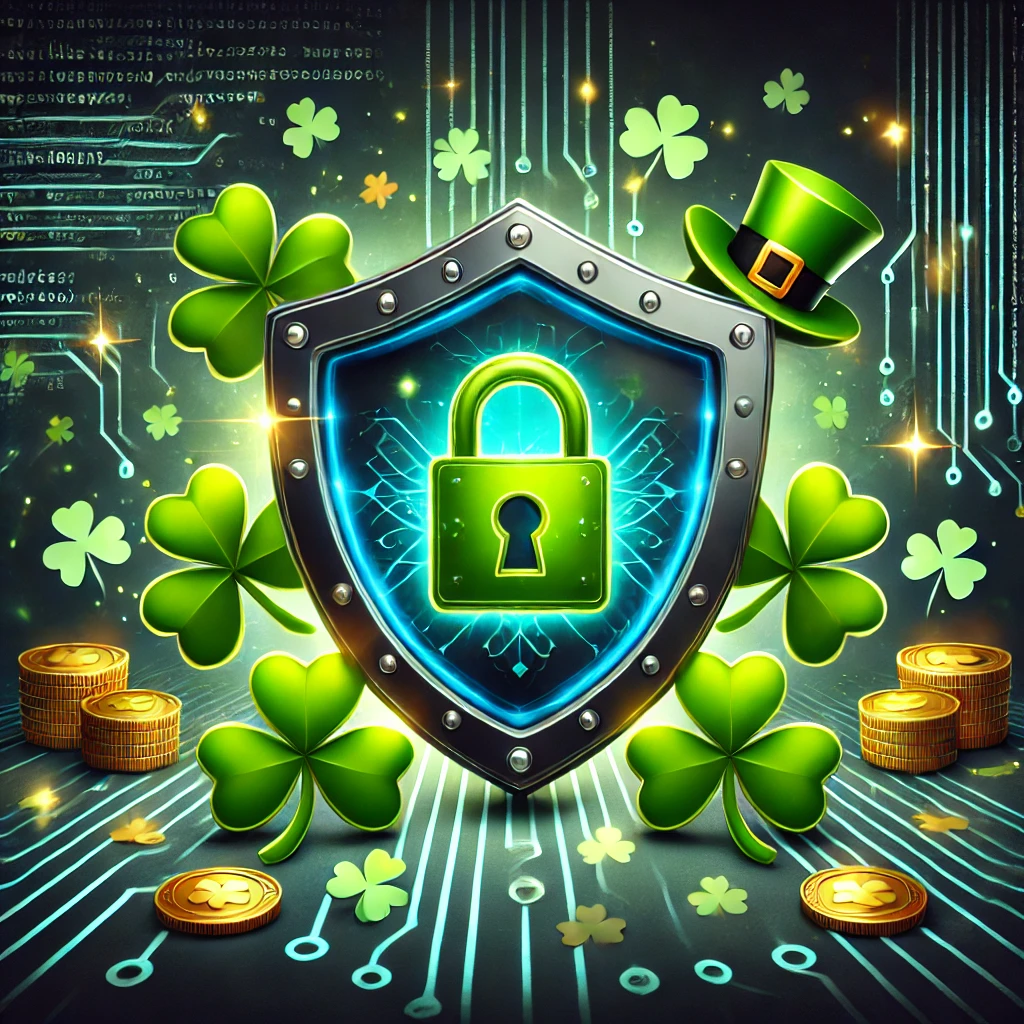
SIDECHAIN INSIGHTS
Sidechain hopes March brought you the “Luck of the Irish”! However, while luck may play a fun role in holiday traditions, it has no place in network security. Relying on luck to keep systems safe from cyber threats is a dangerous gamble that can lead to devastating consequences. Instead of hoping for the best, businesses should take a proactive approach to securing their networks and protecting sensitive data.

QUICK TAKE
- Are you part of a security team feeling like regardless of who was at fault, your team is taking the heat? Application security, insider threats, compliance, incidents and investigations are five situations where others may be at fault but the security team will be left with the consequences. Read an interesting take on how this happens and some possible steps to avoid it. If this strikes a note with you, reach out to Sidechain, we’re able to help across many of these areas and avoid the issue before it even arises.
- Did you know that February 10th was National Clean Out Your Computer Day? The bottom line is that the most secure data is data that no longer exists. If you missed the 10th, there’s no time like the present to address it – Here’s three ways to clean up and stay secure!
QUIZ

This is a next level quiz for those who are wizards at Data Security and Privacy. If you think this is you, try your hand at it and be in to win! The first five people to send their correct answers to us here, will receive Sidechain swag!
1. The Master File is…
- The main source of data for an application
- Used to update records in the Transaction File
- Another copy of the Main File
- Another copy of the Transaction File
2. The Transaction File needs to be sorted…
- So that the data can be backed up
- So that the sorted file can be used as a backup
- To speed up the updating process
- All of the above are true
3. Two methods of physical data security include:
- Locking doors and drawers of where data is stored.
- Using passwords and access levels.
- Locking backup copies and using firewalls.
- Using firewalls and encryption.
4. Data Encryption is…
- A software form of safeguarding data
- Very effective in safeguarding data
- Putting data into a secret code so that if accessed it is meaningless to anyone not having the key to decrypt it with
- All of the above
5. Piracy…(Choose the correct statement)
- Is legal if one makes copies of software for him/herself only
- Is illegal copying of software which may be for personal use or sale
- Is impossible if one used product activation techniques
- Refers to the stealing of data from protected systems
Keep scrolling to see if you got it right!
INDUSTRY TRENDS & NEWS
- For those of you in the health insurance industry, cybersecurity protection and compliance are essential to your business. Unfortunately, earlier in March, hundreds of congressional leaders and their staff had their data stolen by threat actors through DC Health Link, the health insurance marketplace for Washington. This was a significant breach with data not only being leaked online but also sold on the dark web. Read more here and contact Sidechainif you’re interested in our Ransomware services.
- March Cybersecurity Awareness Tip – do you know how to spot a deepfake attempt? You can’t always trust what you see, this post from Yale University Information Security discusses how to spot these attempts and what to do. If you believe your business is at risk, please contact Sidechain to find out how we can help.
DATA ENCRYPTION DECODED

Thales has released their 2025 Digital Trust Index – there is a universal decline among customers in trust for digital services compared to this time last year. This decline in trust comes as nearly one in five consumers have been informed that their personal data has been compromised in the past year. Read the report here and reach out to Sidechain if you want to do more to win back your consumer’s trust.
How much do you know about quantum resistant encryption methods? In a nutshell, these are techniques designed to protect data from being easily cracked by quantum computers (more on these another day!). Traditional encryption methods rely on the difficulty of certain mathematical problems (like factoring large numbers) to keep information secure. However, quantum computers could solve these problems much faster than regular computers, potentially breaking current encryption. With this in mind, the National Cyber Security Centre (NCSC) has published guidance for transition to quantum resistant encryption methods by 2035. Find out more here.
DID YOU KNOW?

The answers to the quiz are:
- 1
- 3
- 1
- 4
- 2
Remember the first 5 correct responses will win Sidechain swag!
And now for some facts…
- Global Cybercrime Costs: It’s estimated that worldwide cybercrime costs will reach $10.5 trillion annually by 2025, emphasizing the critical need for enhanced cybersecurity measures.
- Financial Sector Attacks: Between 2004 and 2023, the financial sector experienced over 20,000 cyberattacks, resulting in losses totaling $12 billion

